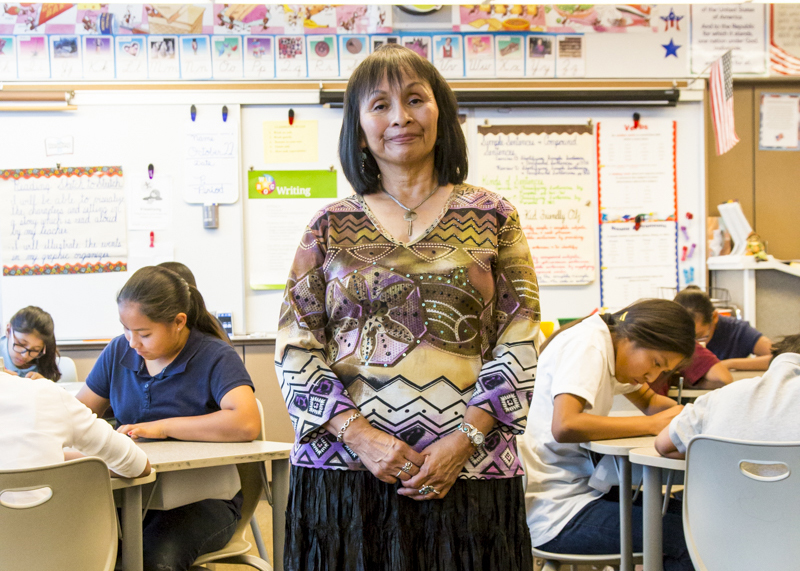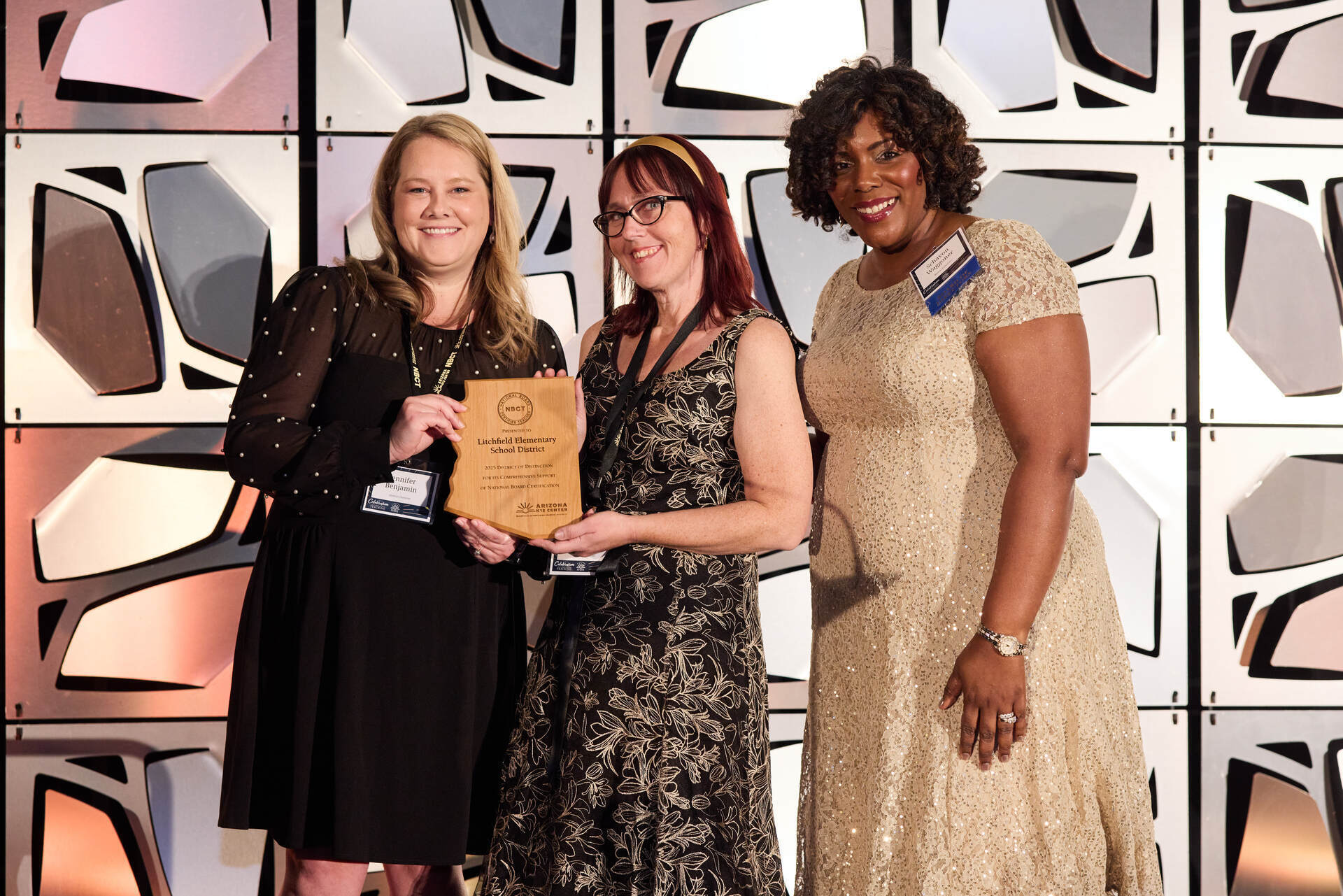October 5, 2018
Having Difficult Conversations With Students
We all know it’s best to address misbehavior early on. Learn how the CPR framework can help your classroom.
Now that we’re officially settled into the school year, students are more comfortable, and we’ve established classroom norms. Now is also the time students start to break a few of those rules. It’s important to address these violations and have the difficult conversations with students immediately to correct the behavior and maintain high expectations for all students.
Ask yourself these questions:
- What is a difficult conversation?
- What’s a safe environment to have these conversations with students?
- What steps can we take to have one?
Difficult conversations are open, honest, respectful, and face-to-face discussions around challenging topics. Often, there’s a focus on holding the other party accountable, resolving an issue, etc. This step-by-step guide can help ensure your conversations are fruitful.
1. Focus on the Content.
The first time a problem comes up, talk about what just happened. If a student has violated a norm or a rule, focus on the content when addressing the misbehavior. The content usually deals with a single event — the here and now. Talk about the facts and what you saw and heard. What did you observe? It’s important to address this norm violation the first time it happens. Do not avoid this difficult conversation because you might want to avoid conflict. By addressing it the first time, you’ll reduce the chance of continued misbehavior.
During the math lesson today, you kept talking loudly while I introduced the Pythagorean Theory and distracted your group.
2. Focus on the Pattern.
What if it happens again and the same rule is violated? If it’s the same misbehavior, it’s best now to focus on the pattern of misbehavior. Talk about the pattern and what has been happening over time.
This is the second time this has happened. You agreed it wouldn’t happen again, and I’m concerned I can’t count on you to keep a promise.
3. Focus on the Relationship.
Finally, if the issue persists, address the relationship. As the problem continues, talk about the relationship and what’s happening to us.
This is starting to put a strain on how we work together. I feel like I have to nag to keep you from violating this norm, and I don’t like doing that. I guess my fear is that I can’t trust you to keep the agreements you make.
Think about a difficult conversation you might need to have soon (in your classroom, personal life, etc.). With whom do you need to speak? What do you need to discuss? What is the content? Is there a pattern? Practice using the CPR framework for your next difficult conversation. Figure out what works best for you to hold people accountable or resolve issues.











